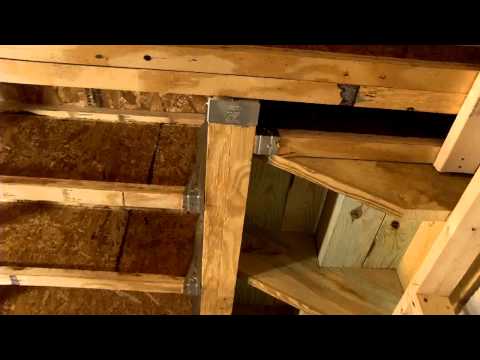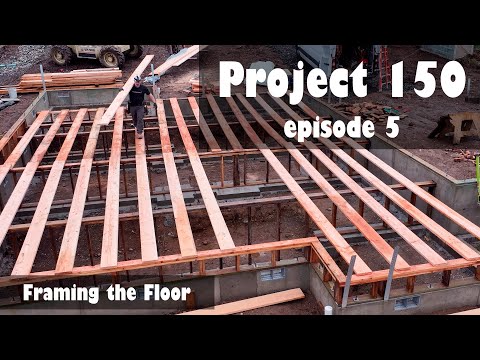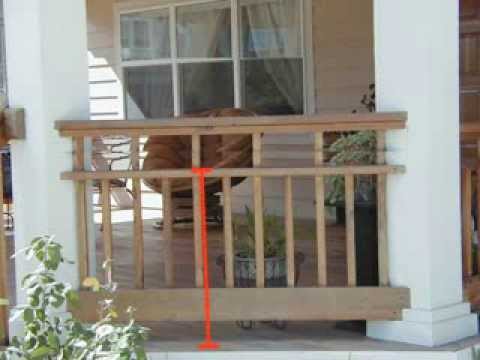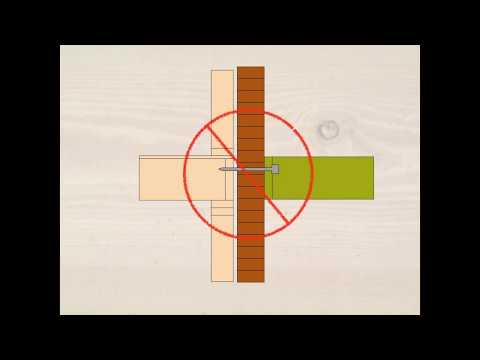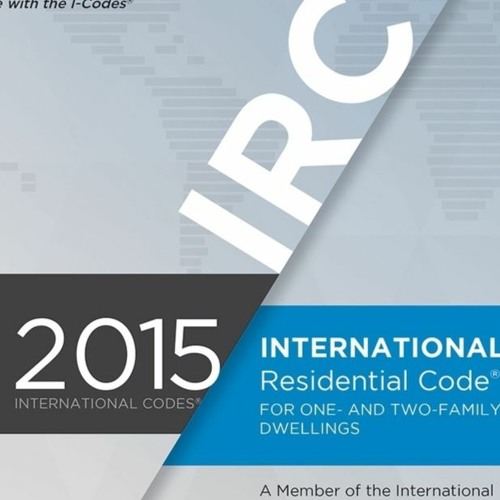Maximum floor joist span seems like a pretty simple concept, but there's obviously a natural limit to how far wood can span without breaking under a particular load. When inspecting a house, we don't want to see any floor joists getting anywhere near that breaking point. We don't even want a joist to bend all that much.
So when we talk about maximum joist spans as the International Residential Code (IRC) defines them, we're not really talking about pushing things to the limit. We're largely talking about what it takes to have a functional floor, one that doesn't overly bounce or rattle when we walk on it.
Spans: Understanding Load, Compression, and Tension
Loading a floor joist creates bending stress that puts wood fibers at the top in compression and at the bottom in tension. In other words, it pushes the top together and pulls the bottom apart. The height of the joist and the species of the lumber affect how well it handles these stresses. Taller joists and denser species deflect less, allowing them to span farther.
The IRC's span tables make it easy for contractors and inspectors to pick up a joist to bridge a simple span, one without intermediate supports or cantilevers, or to get the biggest simple span out of the wood available.
But span is just one of many roles relating to joists. There are other rules for blocking, notching, and bearing lengths.
Load: Determine What the Floor Joists Must Support Support
The first step in designing a floor system for a house is to determine how much you expect it to support, and that's load. The heavier the load imposed on a joist or beam, the shorter the distance it can safely and functionally span. This shortening isn't because the code is concerned about the floor breaking; it doesn't want it to bend too much (flexion) rather than strength.
Maximum deflection is the most a building system, or component is allowed to bend under its maximum design load. Floors have historically been held to l divided by 360, where you divide the floor joist's length in inches by 360, and you get the maximum deflection allowed for a given span.
Other Factors Affecting Floor Joist Design
Thanks to other code provisions and common sense, the width of the floor joist doesn't have to do the job alone. Blocking, rim joists, or joist hangers at the ends and bearing locations are what ultimately keep the joist upright and stressed. Section R 502.7 in the code will help. Other than hangers, which also support the vertical load, blocking and rim joists resist rotation.
When the height of the joist compared to its width is greater than 2:1, the width can't hold the joists upright along their length, and bridge blocking is required within the span to prevent the joists from rolling over.
After Deflection: Shear Stress Considerations
If you want a stiffer floor with less deflection, you just need better stress management. You could use larger joists, height, denser wood species, or closer joist spacing. Or you can add bridge blocking within the span to reduce the mid-span rotation of the joist.
Shear is the next stress that joists need to be able to handle, but it typically isn't a major consideration in wood joists. Shear stresses are distributed opposite of bending stresses. They are greatest along the horizontal center of the joist (that neutral plane) and increase towards the ends. Holes are allowed two inches away from the edges anywhere in the span, which tells you how little there is to worry about when it comes to shear stresses.
Bearing Considerations for Floor Joists
We also have to think about bearing. Once joists are loaded, they have to transfer the load vertically. The key here is preventing the joist or the member that the joist is bearing on from crushing. Wood crushes more easily across the grain, like where the ends are located, than it does parallel with the grain, such as a post.
This minimum area of wood is necessary to transfer the loads that a floor designed using the IRC's prescriptive tables can generate without overstressing the floor joist and crushing its ends.
This information was provided by Glenn Mathewson, who is a consultant and educator with BuildingCodeCollege.com. I'm Ben Gromicko from InterNACHI, that's the International Association of Certified Home Inspectors at nachi.org. Thank you for learning about the science of simple spans.
